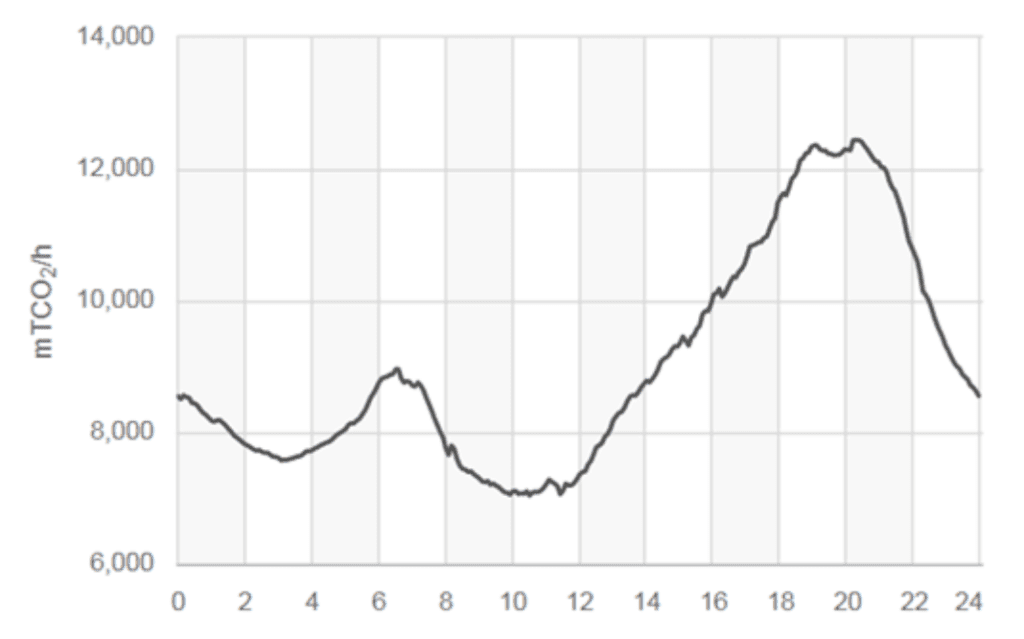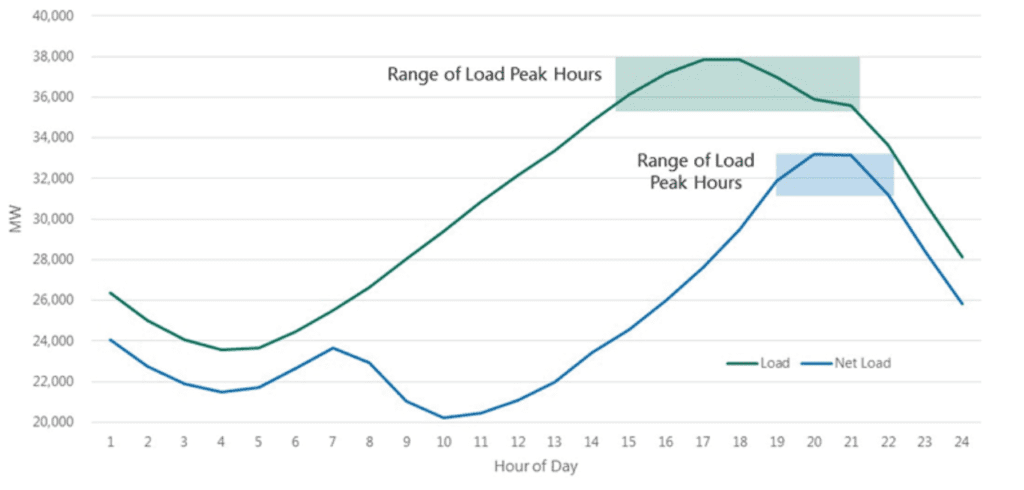
eLab Accelerator 2019
Decarbonizing the Evening Peak

Project Objective
We propose to explore with RMI’s e-Lab Accelerator, new business models that can enable community choice aggregators (CCA) and utility distribution companies to jointly incentivize flexible, clean DERs that can rapidly achieve scale to effectively displace carbon-based resources used to supply the evening net load peak. The e-Lab Accelerator provides a unique opportunity to have CCA, utility, 3rd-party aggregator, and program administration parties involved in the in-depth conversation on how to resolve these questions and issues. This type of conversation would typically take place in the regulatory process, which often involves a lengthy litigation-like process of submitting comments to state regulatory agencies. The e-Lab Accelerator would be an opportunity for the parties involved to focus on resolving the questions and providing more unified comments and recommendations to state agencies for approval, significantly accelerating the timeline and increasing the likelihood to implement any changes.

Team Members
- Pierre Bull, Senior Project Manager, Center for Sustainable Energy
- Beckie Menten, Director of Distributed Energy Resources Programs, Center for Sustainable Energy
- Jonathan Burrows, Expert Product Manager, Demand Response Policy and Pilots at Pacific Gas and Electric Company
- Rachel Kuykendall, Senior Programs Manager, Sonoma Clean Power
- Nic Dunfee, Senior Project Manager, TRC Solutions, Inc.
- Valerie Nibler, Director of Strategic Projects, Olivine, Inc.
Project Description
While much attention in California has been paid to increasing midday load to absorb solar generation and overgeneration (i.e., generation curtailment), the fact remains that the evening net load peak in the summer and fall cooling season drives the bulk of utility and CCA planning efforts for adequate resource supply and related programs like traditional “shed” demand response. Ultimately, it is the cooling season evening net peak load that continues to drive overall market demand for carbon-intensive and expensive flexible “peaker” generation. Unless CCAs and utilities have business models, tariffs, or programs in which they both receive and recognize the time value of DERs, DERs will not provide their full range of value to the grid and customers, thus preventing DERs from offering low carbon alternatives to evening peak generation. Toward seeking solutions to these challenges and seizing new opportunities, we have identified the following three primary goals for this project:
- Develop a structure for constructive and sustained collaboration that enables CCAs and UDCs to work together to incentivize valuable cross-cutting resources to resolve evening peak challenges.
- Develop a select number of workable business and/or program models that benefit both CCAs and UDCs by leveraging each entity’s strengths (and policy requirements) in the marketplace.
- Propose a new procurement model that also considers third parties’ ability to deliver DER portfolios that meet the needs of CCAs/utilities/customers.
Progress Made to Date
Pre-Accelerator
It is rare for CCA, utility and program implementation representatives to be afforded the time and resources to rise above the day-to-day data collection and information sharing that is confined to specific program efforts and/or formal policymaking forums. Assembling the team and establishing constructive dialogue around defining the problem, identifying key causes and constraints, and scoping what the impacts are – and equally as important – how they should be measured, represents significant progress that the team has made in a relatively short time frame. CSE is partnered with Sonoma Clean Power, a leading CCA in California, who is aggressively exploring DERs as a means to achieving its low carbon and high renewable energy portfolios. SCP is uniquely positioned to explore stacked value propositions, as it is leading re-build efforts after catastrophic fires leveled over 5,000 homes and businesses in its service area. SCP is working with the local investor-owned utility, Pacific Gas and Electric (PG&E), on a jointly implemented rebuild program called Advanced Energy Rebuild that is focused on high-efficiency and all-electric homes. TRC Solutions is the lead program implementer for the Advanced Energy Rebuild program. SCP is leveraging these investments to enroll customers in its GridSavvy program, a demand response program operated in partnership with Olivine, a leading demand response aggregator and scheduling coordinator.
Post-Accelerator
At Accelerator, the team explored a new collaboration model for CCAs, utility distribution companies, and other stakeholders intended to host an open dialogue on new ideas to jointly incentivize DERs to effectively displace carbon-based resources used to supply the evening net load peak. The team discussed potential functions of the collaboration model, including the steps necessary to develop joint pilots and proposals to submit to state agencies for approval. The Decarbonizing the Evening Peak team also identified initial focus areas ripe for these types of collaborative discussions and began to build out potential strategies.
Project Background Information
California has set out to achieve 60% renewable electricity supply on or before 2030 and 100% carbon-free electricity by 2045. In addition, the recent proliferation of Community Choice Aggregators (CCAs) has added to the complexity of California’s electricity system, as millions of customers across the State are switching to non-utility load-serving entities. CCAs typically offer customers cleaner energy mixes than incumbent utilities, and some offer up to 100% renewable energy at a premium. However, the renewable energy resources that are primarily contributing toward state and CCA clean energy goals – solar PV and wind – are not usually available during evening, peak demand hours, which then drives demand for costly, carbon-intensive (mostly natural gas generation) resources at these times. Consequently, peak generation supplied primarily by natural gas is hindering, if not preventing, utilities and CCAs from meeting their clean energy requirements and obligations to customers. We are witnessing this problem today as the diurnal rise and fall of solar PV generation in California has created a wide variation in hourly carbon intensity on the state’s grid. Figure 1 shows this wide variation in carbon intensity on the CAISO system on a hot summer day last August. The carbon intensity of the State’s grid aligns strongly with the net load curve for a typical hot summer day, as shown in Figure 2. As more solar generation comes online to meet the State’s ambitious renewable energy goals, as well as growing customer demand for carbon-free, 100% renewable energy, grid models are predicting that the summer and fall cooling season evening peaks will exhibit two major changes: (1) the evening net load peak will be “peakier” with a shorter duration period as shown by the blue line below in Figure 2 and, (2) peak hours are becoming more consistent across all weeks and months in a given year.

